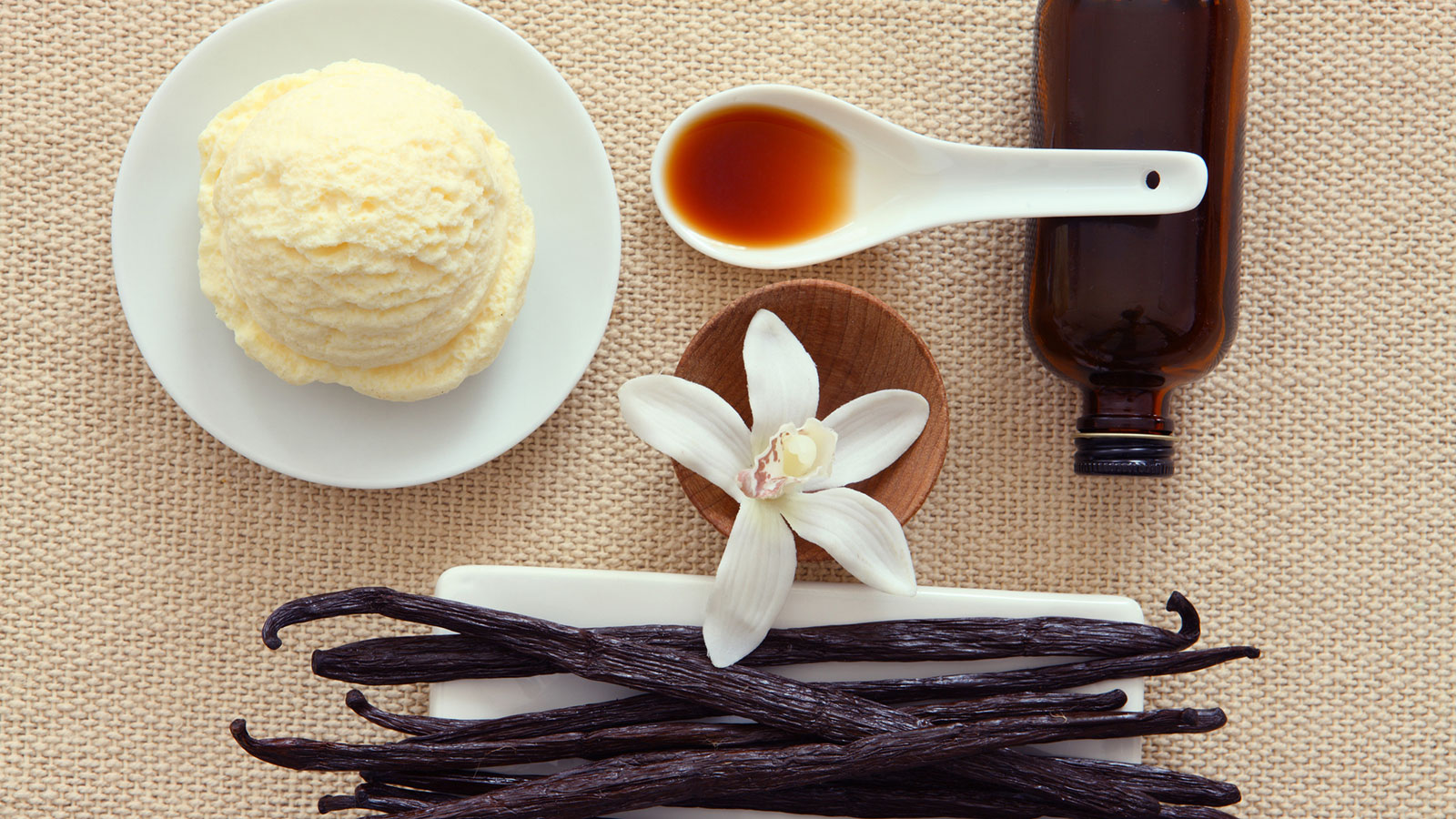Physical Address
304 North Cardinal St.
Dorchester Center, MA 02124

Why is vanilla extract so expensive? This query is quite common among cooking enthusiasts and professional chefs alike. Vanilla extract, a crucial ingredient in a plethora of recipes, has a price tag that often raises eyebrows. To comprehend the elevated cost of this aromatic flavoring agent, we will navigate through its production journey, market dynamics, and the influence of environmental conditions.
One of the predominant reasons for the high price of vanilla extract is its labor-intensive production process. Vanilla beans are harvested from the vanilla orchid, and each flower, which blooms for merely a day, needs to be pollinated by hand. Following this, the beans undergo a lengthy and meticulous curing process, which demands precision and care, contributing to the overall cost.
Vanilla is primarily cultivated in Madagascar, and the supply is frequently disrupted due to environmental conditions like cyclones, leading to scarcity. Coupled with the ever-growing demand from the food and beverage industry, this scarcity pushes the prices higher, impacting the cost of the derived extract.
The vanilla market is characterized by its fluctuations. Changes in market conditions, influenced by supply and demand dynamics, the quality of the harvest, and other external factors, play a pivotal role in determining the cost of vanilla extract.
High-quality, pure vanilla extract comes with a substantial price tag due to its rich flavor profile and aromatic properties. The meticulous extraction process to maintain purity and quality is time-consuming and impacts the overall pricing structure of the product.
With vanilla extract being a pricier commodity, many seek more affordable alternatives. Imitation vanilla is one such option, synthesized from chemicals to mimic the flavor of real vanilla. While a cheaper alternative, it lacks the rich depth of flavor found in pure vanilla extract. Another option is using vanilla bean paste or vanilla beans directly, though these too can be pricey.
Given the escalating prices, efforts are underway to make vanilla cultivation more sustainable and resilient. Implementing sustainable farming practices and improving the livelihoods of vanilla farmers are pivotal in stabilizing the market and ensuring a consistent supply of high-quality vanilla. Furthermore, researching and developing innovative cultivation and extraction methods can help in reducing the production costs, thereby affecting the pricing of vanilla extract.
To conclude, answering why vanilla extract is so expensive requires an exploration of the myriad factors influencing its production and market availability. The labor-intensive cultivation and curing processes, coupled with market fluctuations and supply disruptions, significantly contribute to the high costs. While alternatives are available, they often do not match the flavor richness of pure vanilla extract.
However, focusing on sustainability and innovations in the cultivation and extraction process can pave the way for more affordable and stable vanilla extract pricing in the future. As consumers, being informed about the origin and production of the ingredients we use is vital in making conscious purchasing decisions. Thus, appreciating the labor and complexities involved in bringing this aromatic extract to our kitchens can provide a new perspective on its value and price.